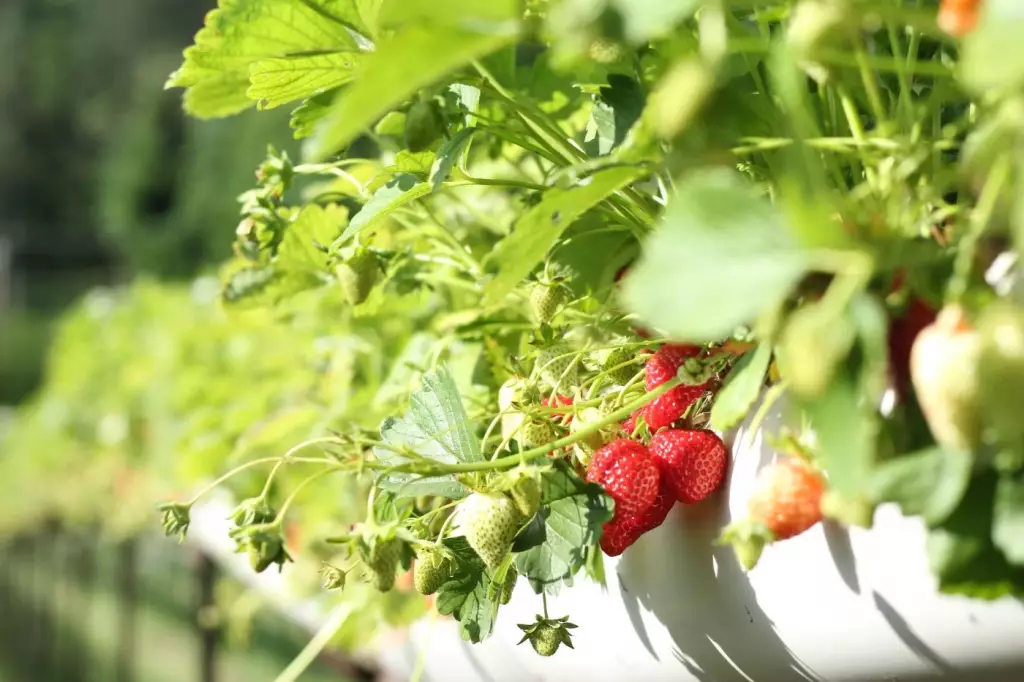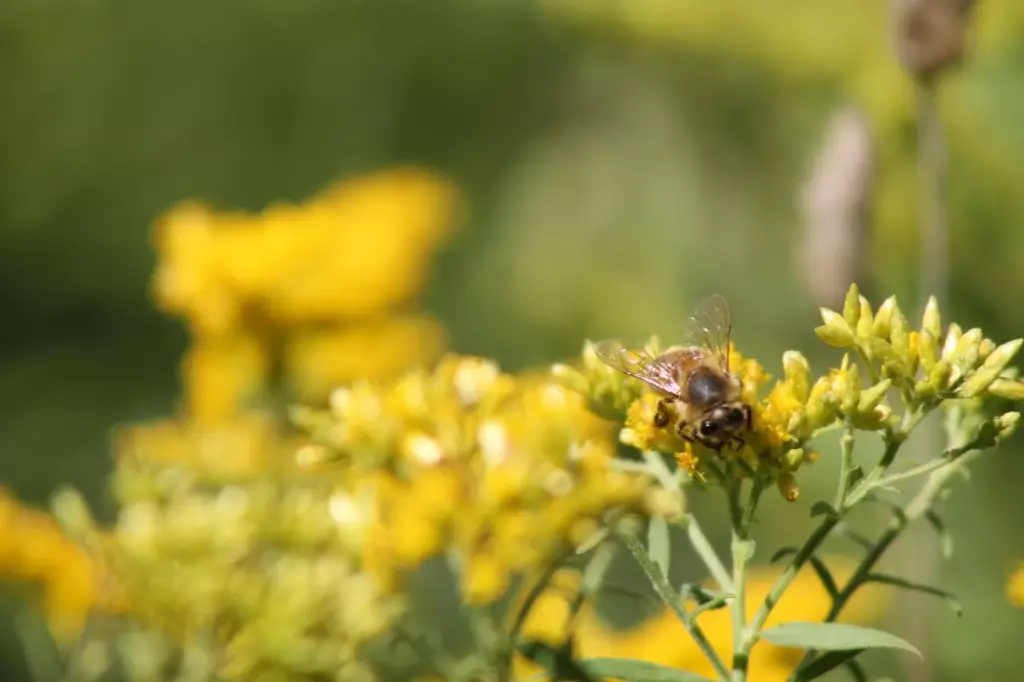How Many Flowers Does a Bee Visit in its Lifetime?
Bees are the most important pollinators of flowers and plants among all other insects. In fact, they contribute to an estimate of one third of every food we eat. How these small insects dedicate their lives delving from flowers to flowers to make pollination happen for the benefit of all is such a wonderful story to tell. Continue reading to know how many flowers a bee visits throughout its lifetime.
An individual worker honeybee can visit an estimate of 63,000 flowers in its entire lifetime. Worker honeybees only have a lifespan of about 42 days especially during peak honey production season, as they work hard to forage pollen and nectar from flowers, produce honey, and feed the hive. During this time, they are known to visit an average of 1,500 flowers a day.
If a single bee manages to visit 63,000 flowers throughout its life, how many flowers then, can be pollinated by a swarm of thousands of bees each with their own entire lifespan? To find out the answer and its implication in our lives, keep reading below.
Summary
- A bee can visit 1,500 flowers in a day.
- In its entire lifetime, a bee can visit 63,000 flowers.
- A colony with 20,000 bees can visit 30 million flowers in just a day.

On this page:
Bees Contribute Largely to Pollination of Flowers and Plants
The flower hopping exhibited by bees is not just because they like the colors of the flowers or are attracted to their smell, just like how humans get entirely hyped up by gardens with colorful blooms.
Bees need flowers, and flowers need bees. They exhibit a mutualistic relationship in a sense that bees collect nectar and pollen from flowers as part of their nutrition, and while they are in the process of collection, they are performing pollination, which helps flowers to produce more of their kind.
Pollination happens when pollen from the male parts of a flower is transferred to the female parts of a flower of the same species. This then results to fertilization of plant ovaries which produces the seeds that will ensure the species' continuation of progeny.
Although there are many other insect pollinators, bees are by far considered the best among all, since they dedicate their whole lives foraging through flowers to provide food for their colony. In one trip, a single bee can visit almost 100 flowers. On a daily basis, one bee can render 15 trips, which makes a total of 1, 500 flowers visited in a day by a just a single bee!
Western honeybees, the main species responsible for most of the pollination worldwide, have an average lifespan of 30-62 days. In general, worker honeybees, can only live up to 6 weeks which is equivalent to 42 days at max. If in a day a worker honeybee can pollinate 1, 500 flowers, it can therefore visit an estimate of 63,000 flowers in its entire lifetime.
If a swarm of 20,000 bees took that back-and-forth trip of 15 times, tapping 100 flowers each trip, more or less 30 million flowers can be pollinated in just a day! Indeed, bees are busy!
The Economic Importance of Pollination by Bees

Since it has been said that a single bee can visit 63,000 flowers in its entire lifetime, a swarm of 20,000 bees can therefore visit a rough estimate of 1.26 billion flowers. Just imagine if the number of bees in a colony is greater than 20,000 individuals, you can expect a lot more flowers to be pollinated.
This instance is a good thing, not just for the flowers and the bees themselves, but for us humans also. Honey isn't the only product we benefit from bees, although an increased pollination or flower visit by bees contribute also to greater honey production. Pollination by bees also improve crop production, increasing crop output by USD 235–577 billion annually.
Bees Have Flower Preferences Too!

Although they will rummage through 63,000 flowers in their entire lifetime in search for food, bees still have a general preference of flowers that they would most often visit than others. This will be a good point to remember if you will be the one to put up a garden of flowers next to your bee hive. A few points to remember are the following:
Bees will prefer flowers with easy nectar access
While there are species of bees that can extend their mouth appendage inside tubular or funnel shaped flowers like honeysuckle, blossoms like daisies and sunflowers make nectar collection easier for the short-tongued bee species.
Bees can't see red!
Other more playful colors should be kept in mind when selecting flowers to plant. Flowers with purple, blue, and yellow colors attract bees better.
Bees are native plant lovers
They basically hate cultivars or alternative varieties of flowers that present more likely appearances than the natural ones. Some cultivars will have a different smell, shape, and loses the nectar and pollen types that bees have already been used to.
Bees are repelled by strong smelling flowers
What may smell heavenly to humans doesn't appeal the same to bees, such as plants from the Mint family and the Marigolds. Although their color is usually what attracts bees, their smell doesn't attract them. Keep in mind also that marigold, being a double-flowering plant, makes it harder for bees to access the nectar, which is another repelling factor.
Can We Help Bees to Boost Pollination?
Apparently, we can. Aside from selecting certain flowers that attract bees better, we can help hand-pollinate certain flowers and crops. To do this, we can pick a flower, remove its petals and rub it inside another flower. You can also use a small paintbrush to collect the pollen from one flower and brush it inside another flower. In doing this, however, a knowledge on how to identify a plant's sex is needed.